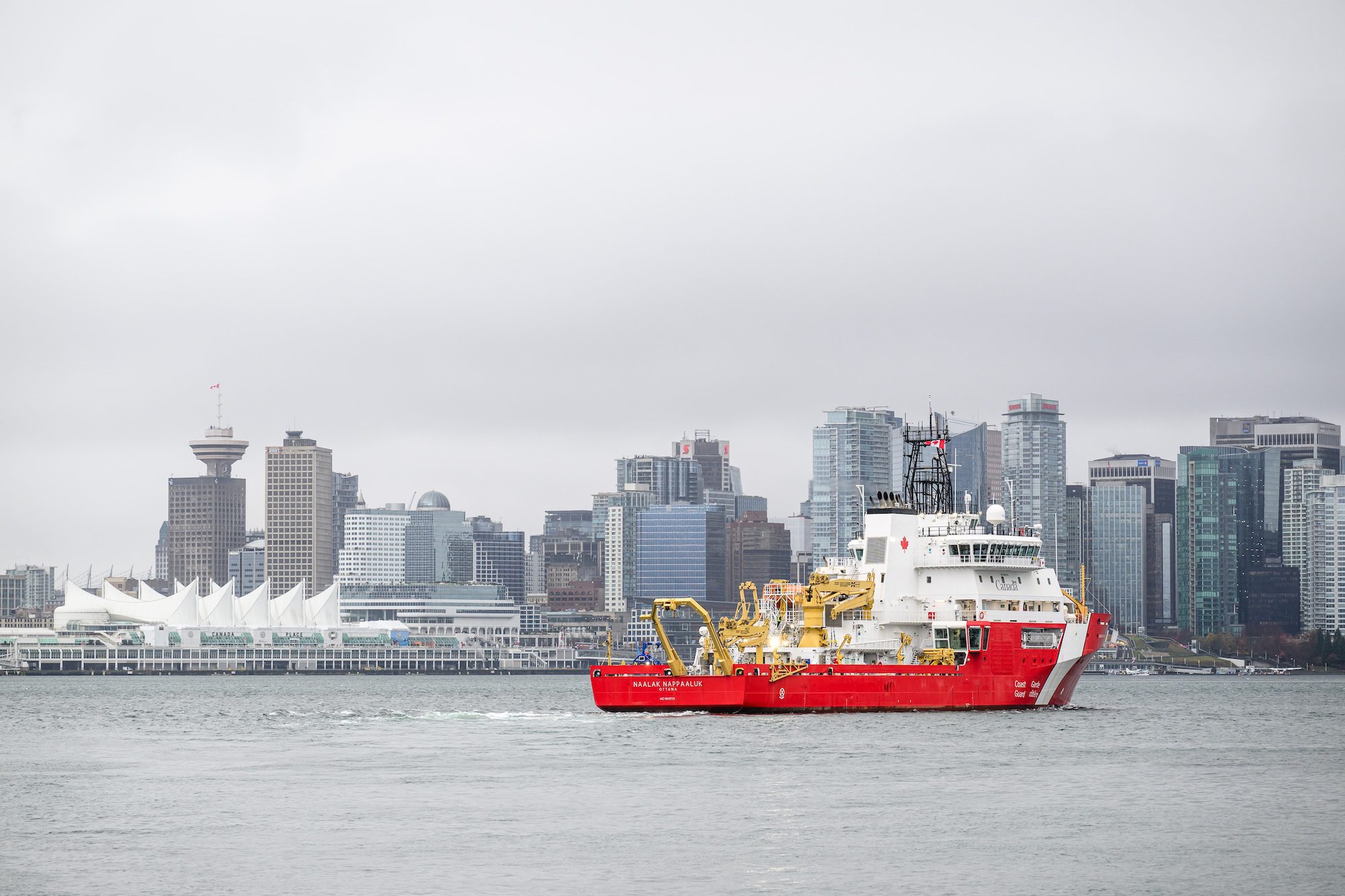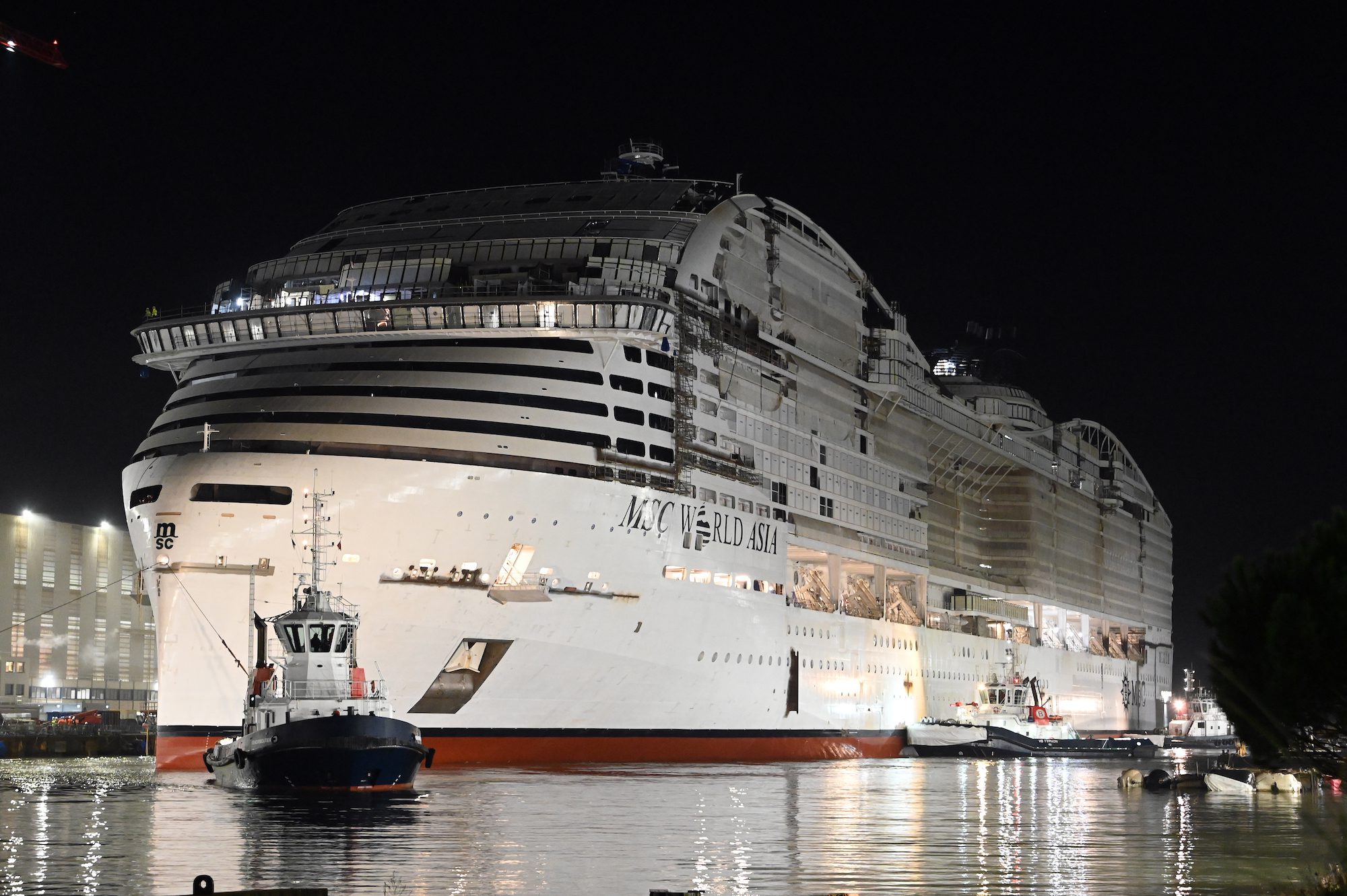Seaspan’s Vancouver Shipyards has officially delivered the Canadian Coast Guard Ship (CCGS) Naalak Nappaaluk, marking a significant milestone in Canada’s National Shipbuilding Strategy and the arrival of the country’s largest dedicated science vessel.
The 88-meter Offshore Oceanographic Science Vessel was formally accepted by the Canadian Coast Guard on November Thursday during a ceremony at Vancouver Shipyards attended by senior government officials and industry leaders.
The vessel represents the fourth large ship delivered by Seaspan Shipyards under the National Shipbuilding Strategy and the second class of ship the company has built for the program. The project employed more than 1,000 workers at its peak and supported hundreds of suppliers across Canada.
“Seaspan is immensely proud to deliver CCGS Naalak Nappaaluk, an incredibly complex vessel that will perform important scientific research missions for Canada,” said John McCarthy, CEO of Seaspan Shipyards. “As the first shipyard to deliver two different classes of ships under the National Shipbuilding Strategy, Seaspan is showing that the investments made to rebuild shipbuilding on the West Coast have been successful — we are designing and building ships for Canada, in Canada.”
The vessel will replace the CCGS Hudson, which was decommissioned in 2022 after 59 years of service. Designed as a floating laboratory, the new ship features specialized equipment including multiple wet and dry labs, an ocean sampling room, a marine mammal observation station, and a state-of-the-art drop keel and sensor suite for collecting oceanographic data.
With a capacity for 34 crew and 26 scientists, the CCGS Naalak Nappaaluk can operate for up to six weeks at sea with a range exceeding 6,000 nautical miles. The vessel is also equipped to support search and rescue operations and environmental response efforts when required.
“The delivery of the CCGS Naalak Nappaaluk marks a major milestone in our efforts to modernize the Canadian Coast Guard’s fleet,” said Mario Pelletier, Commissioner of the Canadian Coast Guard. “As our largest dedicated science vessel, this ship will serve as a world-class platform for critical oceanographic research, supporting sustainable marine resource management and our response to changing ocean conditions.”
The vessel is named after Naalak Nappaaluk, a well-respected Inuk elder from Kangiqsujuaq, Nunavik, who was renowned for promoting Inuit language, culture, and traditional knowledge. The name was selected in collaboration with Inuit Tapiriit Kanatami, reflecting the government’s commitment to reconciliation and partnership with Indigenous Peoples.
The $1.47 billion project is part of Canada’s broader National Shipbuilding Strategy, which has signed approximately $54 billion in contracts as of September 2025. Between 2012 and 2025, the strategy has contributed close to $38.7 billion to Canada’s gross domestic product and created or maintained more than 21,400 jobs annually.
Following sea trials, the CCGS Naalak Nappaaluk will transit from Vancouver through the Panama Canal to its home port at the Bedford Institute of Oceanography in Dartmouth, Nova Scotia, where it is expected to enter service in 2026.
The delivery follows other recent milestones at Seaspan, including the launch of HMCS Protecteur, the start of construction on a heavy Polar Icebreaker, and a design award for six U.S. Coast Guard Arctic Security Cutters.

 Join The Club
Join The Club











